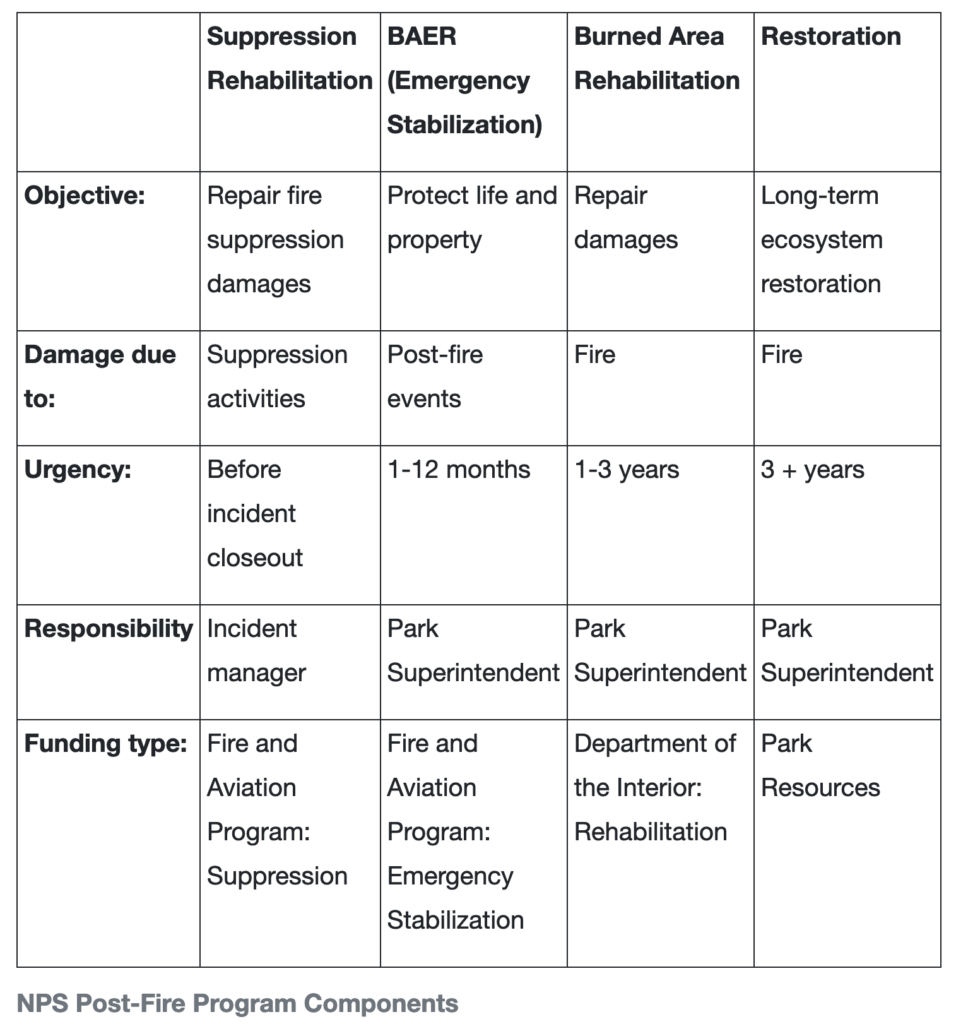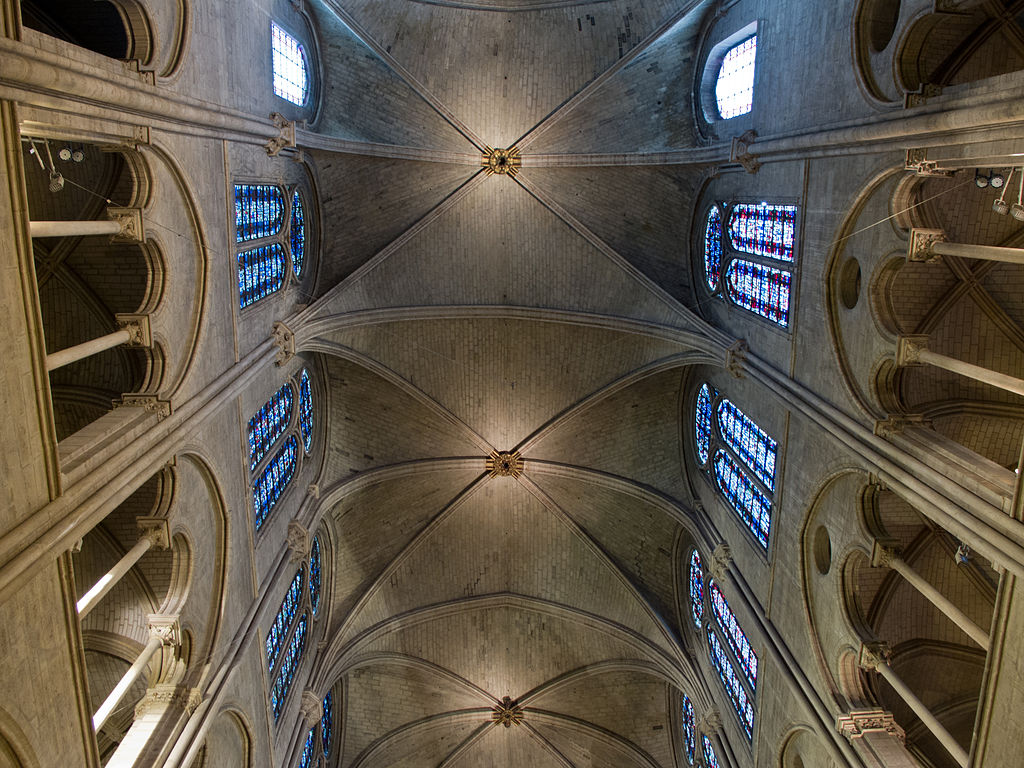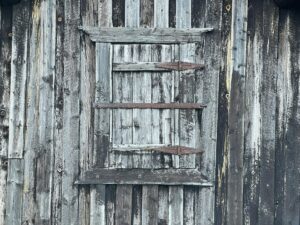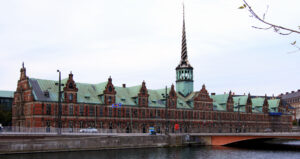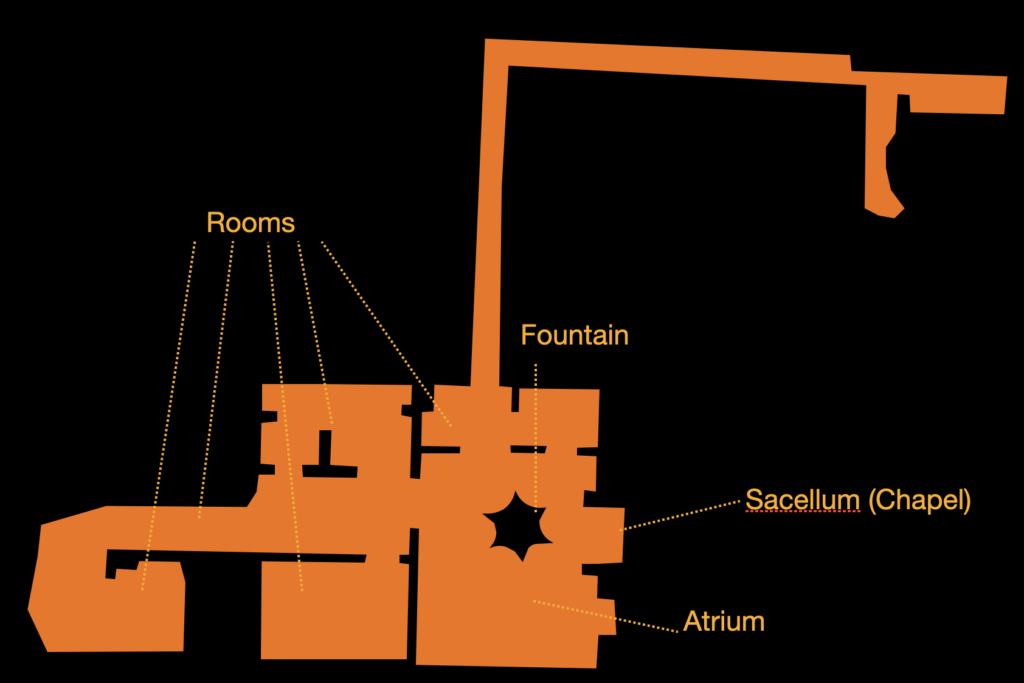NPS Guide to Recover Cultural Resource by Wildland Fires
Since fire risk in a vegetated area is a threat that can be prevented but never completely avoided, a comprehensive protection program must also address post-fire recovery activities
Wildland may contain buildings, artifacts, and other types of remains that can be classified as cultural resources. In many cases, however, vegetation and the environment itself can be considered a cultural resource.
Since fire risk in a vegetated area is a threat that can be prevented but never completely avoided, a comprehensive protection program must also address post-fire recovery activities.
In this regard the US National Park Service has published the Article: NPS Archeology Guide: Cultural Resources and Fire that shows how the NPS plays a important role in protecting and managing cultural resources in the aftermath of wildland fires, which means defining the actions to safeguard, stabilize, and prevent unacceptable degradation of resources affected by fire. NPS cares for over 27,000 historic structures that all may be damaged by structural fire.
A structural fire is a fire that originates within or on a building and involves components of that building in combustion.
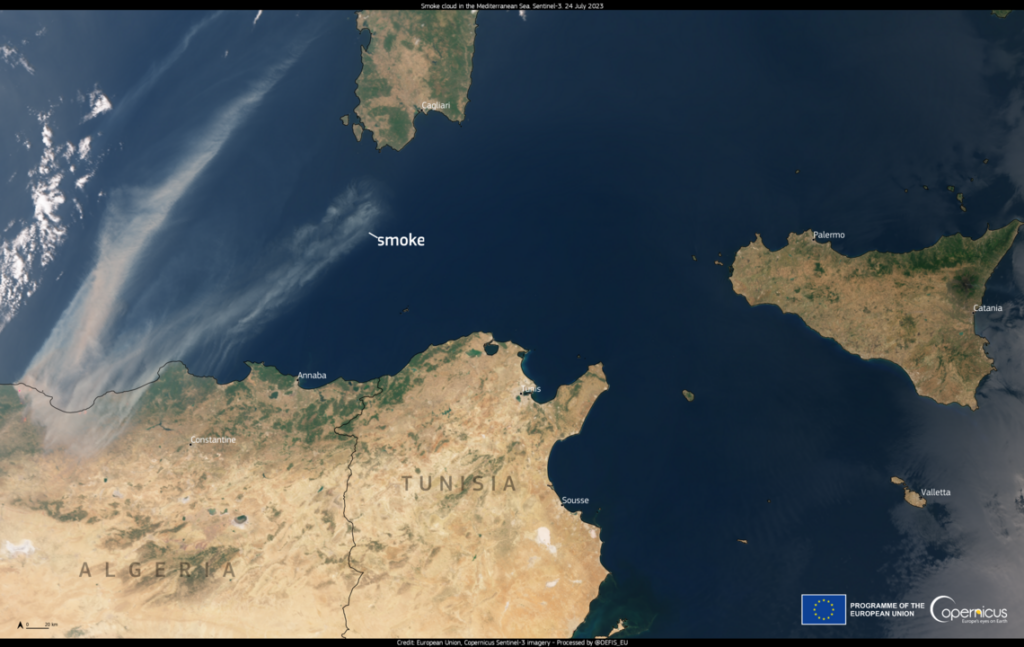
In practical terms, Cultural resource managers are called to face challenges ranging from erosion to invasive species following a wildfire, necessitating a comprehensive and immediate response.
The NPS Post-Fire Program becomes instrumental in addressing damages that normally go beyond the scope of the wildland fire suppression activities., taking actions to minimize threats to life, property, and cultural resources and preventing further degradation resulting from a wildfire. To this scope, Burned Area Emergency Response (BAER) is defined as the key component for long-term recovery success and preservation.
The planning phase for post-fire cultural resource needs is crucial, involving collaboration between cultural resource and wildland fire program managers. It includes defining protection goals, measurable recovery objectives, and establishing key contacts for mitigation planning and implementation. Cultural resource managers actively participate in pre-fire season meetings, discussing roles, responsibilities, and updating rehabilitation plans.
Compliance with Federal cultural resource laws and policies, along with Executive Order 13175, is imperative for post-fire program activities. This involves consultation with relevant stakeholders, including federally-recognized Indian tribes on a government-to-government basis. The cultural resource manager ensures that emergency and long-term stabilization treatments align with Federal laws and policies.
The NPS Post-Fire Program comprises four components: Wildland Fire Suppression Rehabilitation, Burned Area Emergency Response (BAER), Burned Area Rehabilitation, and Restoration. Each component addresses specific objectives and has its funding source, contributing to the sequential implementation of fire recovery efforts.
Fire Suppression Rehabilitation focuses on repairing damage caused directly by wildfire suppression activities, primarily handled by the incident management team. BAER, or Emergency Stabilization, involves planned actions to minimize threats to life or property and stabilize post-fire resource degradation within a year from fire containment. It often addresses damages to cultural resources and requires competitive funding proposals.
Burned Area Rehabilitation aims at non-emergency efforts to repair or improve lands unlikely to recover naturally, with competitive funding based on proposed projects. Restoration, the final component, continues burned area rehabilitation treatments beyond the three-year funding window, relying on reprioritized funds or supplemental funding.
The planning process for BAER and Burned Area Rehabilitation involves collaboration among cultural resource managers, incident command teams, and emergency stabilization specialists. Planning includes damage assessments, prescription development, and outlining treatment objectives and measures. Compliance with Federal laws remains a key consideration throughout the planning phase.
Cultural resource specialists are vital in assessing damages and identifying treatment needs. The BAER process, organized into survey and assess damage, planning, implement treatment, and monitor effectiveness, involves interdisciplinary teams. BAER assessments and treatments primarily focus on known cultural resources, with limitations on funding for systematic surveys.
According the Guide, monitoring treatment effectiveness is crucial for both short and long-term success, while surveillance identifies unforeseen effects and discoveries resulting from fire management activities. To reach this goal, the NPS Post-Fire Program designates specific staff functions, with park staff, regional BAER coordinators, and national BAER coordinators playing essential roles in managing post-fire components.
The NPS Post-Fire Program can be considered as a comprehensive and systematic approach to address the challenges posed by wildland fires on cultural resources. Through collaboration, planning, compliance with laws, and effective implementation, the program aims to safeguard cultural heritage and promote sustainable recovery efforts in the aftermath of wildfires.
Learn more about National Park Service News
